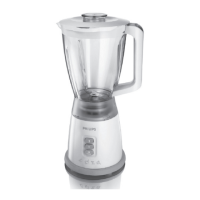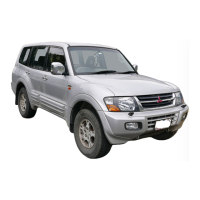IO-20 Chapter 10 Suspension and steering systems
Camber Angle
Front View
Joint
Caste;
Angle
Side View
Top
View
23.1 Front end alignment details
1 A minus 8 = C (degrees camber)
2 E minus F = toe-in (measured in inches)
3 G = foe-in (expressed in degrees)
Camber is the tilting of the front wheels from the vertical when viewed _
from the front of thevehicie. When the wheels tilt out at the top, the camber
is said to be positive (+). When the wheels tilt in at the top the camber is
negative (-). The amount of tilt is measured in degrees from the vertical -
and this measurement is called the camber angle. This angle affects the
amount of tire tread which contacts the road and compensates for i
changesin thesuspensiingeometrywhen thevehicleiscorneringortrav-
eking over an undulating surface.
Caster is the tilting of the front steering axis from the vertical. A tilt to- _
ward the rear is positive caster and a tilt toward the front is negative caster.
Caster angle affects the self-centering action of the steering, which gov-
erns straight-line stability. Caster is adjusted by moving shims from one
end of the upper arm mount to the other.
24 Wheels and tires - general information
Wheels can be damaged by an impact with a curb or other solid object. -
If the wheels are bent, the result is a hazardous condition which must be
corrected. To check the wheels, raise the vehicle and set it on jackstands. ;
Visually inspect the wheels for obvious signs of damage such as cracks
and deformation.
Tire and wheel balance is very important to the overall handling, brak-
ing and ride performance of the vehicle. Whenever a tire is dismounted
for repairor replacement, the tire and wheel assembly should be balanced
before being installed on the vehicle.
Wheels should be periodically cleaned, especi&ly on the inside, where
mud and road salts accumulate and eventually cause rust and, ultimately,
possible wheel failure.
Tires are extremely important from a safety standpoint. The
tread-
should be checked periodically to see that the tires have not worn exces-
sively, a condition which can be dangerous, especially in wet weather.
To equalize wear and add life to a set of tires, it is recommended that
they be rotated periodically. When rotating, check for signs of abnormal-
wear and foreign objects in the tread or sidewalls (refer to Chapter 1, Rou-m
tine Maintenancej.
Proper tire inflation is essential for maximum life of the tread and for
proper handling and braking. Tires that are wearing in an abnormal way
are an indication that their inflation is incorrect or that the front end compo-
nents are not adjusted properly. Take the vehicle to a reputable front end
alignment and repair shop to correct the situation.

